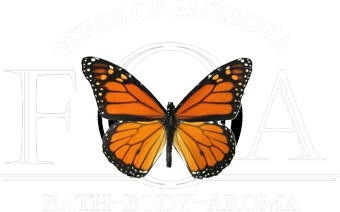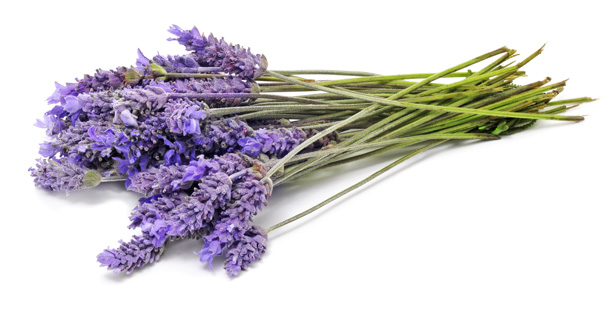Mother Nature’s Medicine Chest – Lavender
The surging popularity of essential oils and aromatherapy may seem like a New Age trend, but they’ve actually been around for centuries. They are natural remedies with incredible power and there are many essential oil resources online giving worrisome blanket advice about their use. Because of the strength of essential oils, you should always be cautious of over-using them.
In most cases, essential oils should not be used undiluted on the skin. Due to the small molecular size of essential oils, they can penetrate the skin easily and enter the bloodstream. As a general rule, essential oils should be diluted in a carrier oil like jojoba or grapeseed, 3-5 drops of essential oils per teaspoon of carrier oil. Undiluted use can cause irritation or an allergic reaction in some people, and can cause a permanent sensitivity to certain oils after using it on broken skin. Some, like lavender, rose and chamomile are typically considered safe for undiluted skin use.
This isn’t to say essential oils should not be used, but they should be used carefully, with proper education and in safe amounts. Let’s take a look at ever-popular Lavender in this blog.
LAVENDER OIL
Imagine a flower being able to calm your nerves, help reduce inflammation and swelling, promote faster healing for minor burns, decrease muscle pain, alleviate insomnia, and work as a natural bug repellant? That purple colored flower named lavender, which is derived from the Latin word lavera meaning “to wash”, is one of the most versatile essential oils the plant kingdom has to offer.
Types of Lavender:
Lavandula angustifolia is the most common type of lavender and is referred to as true lavender. Any true lavender will have the botanical name of “lavandula” as the prefix. (There are up to 39 different species, including lavandula officinalis and lavandula vera, yet they will all be simply lavender). The reason the “true” lavandula angustifolia genus is so popular is due to the low rate of camphor, less than one percent, it retains after distillation. This lends the essential oil a strong floral aroma, but it also makes it quite effective in aromatherapy usage, especially in accelerating the healing of minor burns. Lavandin, (also known as Dutch lavender), yields a similar essential oil, but with higher levels of terpenes including camphor, which add a sharper overtone to the fragrance. Camphor is a chemical constituent that you don’t want near a burn, and other versions of lavender, which can contain up to 8% camphor—are not effective for soothing delicate skin tissue.
My Favorite Uses for Lavender:
Bath soak ~ All you need is approximately 10 drops in your bathtub of warm to hot water and you should find yourself relaxing.
Diffuser ~ Add a few drops to an aromatherapy diffuser. Lavender will fill the room with its soothing floral aroma and relaxation should follow.
Sachet ~ Add dried lavender buds to a small muslin bag and store in your drawers/cupboards, and especially where linen is stored. This method also works well as a natural bug repellent if you hang a scented lavender sachet in your closet(s) on a hanger.
General: As with all essential oils, never use them undiluted, in eyes or mucus membranes. Do not take internally unless working with a qualified and expert practitioner. Keep away from children. If applying an essential oil to your skin always perform a small patch test to an insensitive part of the body (after you have properly diluted the oil in an appropriate carrier.





